Why care about tracking performance in today's extremely competitive sales scene?
Because it's not just helpful—it's absolutely essential!
Think of a sales scorecard as your trusty sidekick, helping your team keep a close eye on performance and kick it up a notch when needed.
We're going to walk you through how to create a sales scorecard that truly aligns with your team's unique goals, ensuring the metrics you select actively enhance performance and encourage healthy competition.
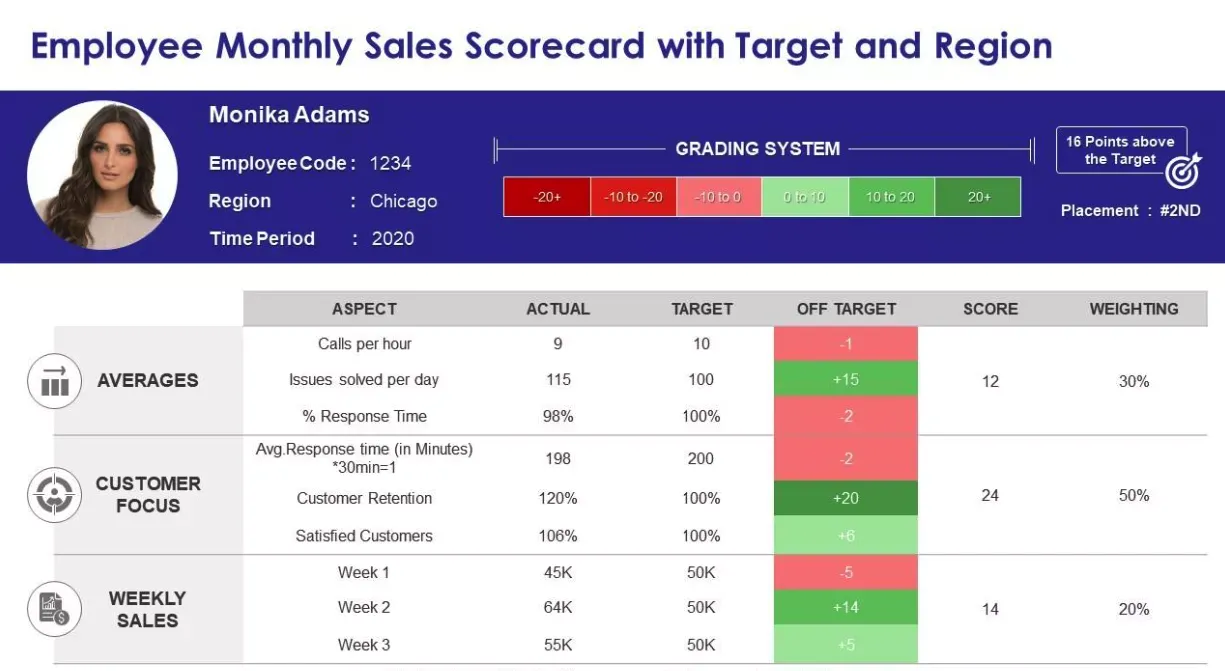
Unlike other articles that might only scratch the surface, this guide will provide you with a granular understanding of selecting pertinent sales KPIs, aligning them with your business goals, and the tactical integration of these scorecards into your daily sales operations.
We will delve into the art of balancing quantitative and qualitative sales team's metrics, ensuring that your scorecard is a comprehensive reflection of both performance and potential.
Moreover, this guide will illustrate the practical steps to create a sales scorecard, from identifying key metrics that matter to integrating this powerful tool with CRM systems, thereby enabling a seamless flow of actionable insights.
By the end of this guide, you'll know how to turn your sales data into a powerful tool that helps you make better decisions and leads your sales team to great success.
Key takeaways
Sales scorecards aren't just about keeping score; they're about driving action and fostering growth within your sales force.
By focusing on both leading and lagging indicators, these tools give you a holistic view of your sales rep performance, helping you understand not just outcomes but also the behaviors and strategies that lead to those results.
Choosing the right strategy can refine your sales calls and complement your scorecard insights.
Integrating sales scorecards effectively into your business means more than just checking boxes. It's about making them a natural part of your sales reps' day-to-day activities, ensuring they align with your CRM systems, and using them as a cornerstone for team discussions and strategy sessions.
This way, they become a living part of your sales process, continuously guiding and informing your approach.
In this guide, we delve into actionable insights on how to leverage qualified leads and quality metrics to fine-tune your sales reps' focus and efforts.
We'll share how to use sales scorecards to enhance transparency and accountability across your entire team, turning individual insights into collective progress.
Expect to find hands-on tips and robust strategies that will help you craft an effective sales scorecard.
We'll also explore how to complement these scorecards with sales dashboards for an even richer, more accessible data experience.
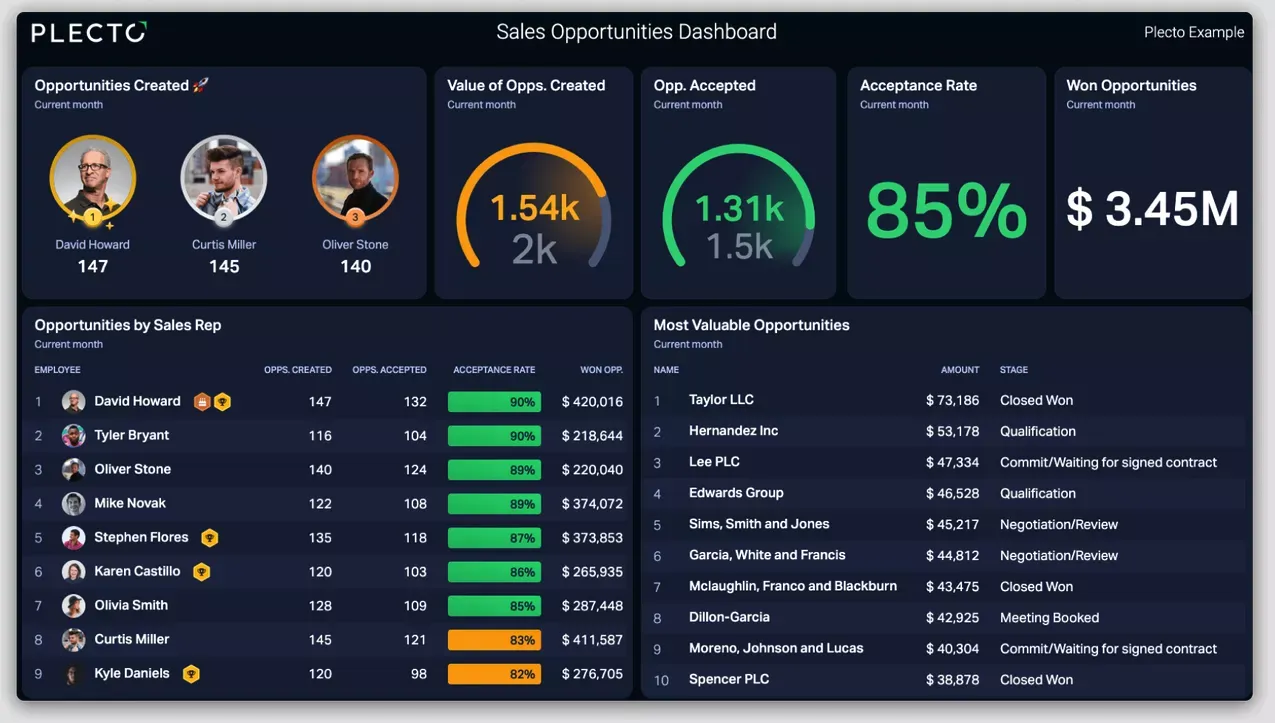
Sales scorecards inside out
Understanding sales KPIs
Understanding Sales KPIs (Key Performance Indicators) is crucial for any business aiming to boost its sales performance and generate more revenue.
These measurement tools provide insights into sales activities, helping teams gauge their effectiveness and make informed decisions.
Why is understanding them important?
- Track progress: They help in monitoring the achievement of sales goals.
- Drive strategy: Inform decision-making and guide strategy adjustments.
- Improve performance: Identify areas of success and those needing improvement.
Understanding factors:
- Identify relevant KPIs: Focus on specific metrics that align with your business goals.
- Use a scorecard: Implement scorecard metrics to visualize performance and track improvements.
- Regular review: Analyze these KPIs in monthly reports and during sales standups to ensure team alignment and focus.
Effective examples:
- Revenue growth: Tracks the increase in sales revenue over a specific period.
- Conversion rate: Measures the percentage of prospects converted into customers.
- Customer acquisition cost: Calculates the cost associated with acquiring a new customer.
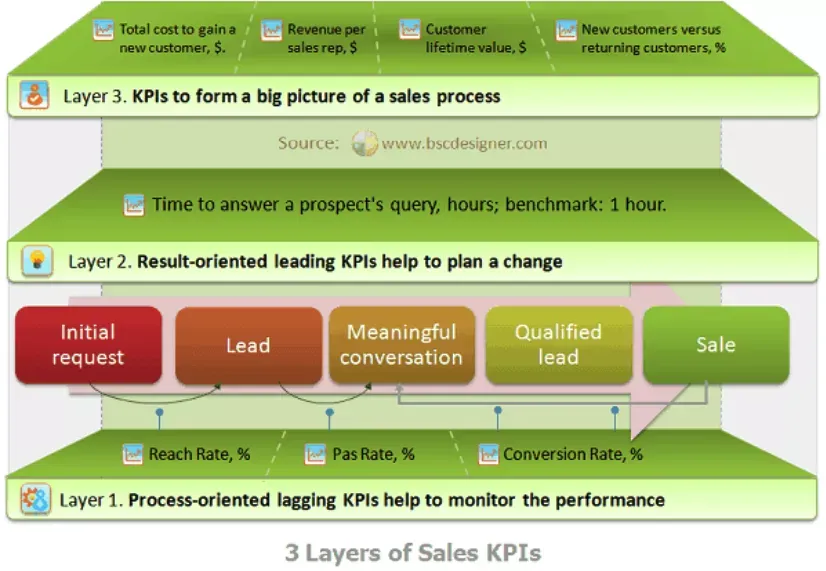
Leading vs. lagging indicators
When it comes to sales scorecards, distinguishing between leading and lagging indicators is crucial.
Leading indicators are predictive and influence future performance, like the number of new leads or the quality of customer interactions.
Lagging indicators, on the other hand, reflect outcomes that have already occurred, such as quarterly sales revenue or customer churn rates.
To get a balanced view, consider the Balanced Scorecard approach, which integrates both types of indicators across four perspectives: Learning and Growth, Internal Processes, Customer, and Financial performance.
The Financial perspective is typically lagging, while the others can offer leading insights.
It's essential to strike a balance between leading and lagging indicators to not only measure outcomes but also to drive future success.
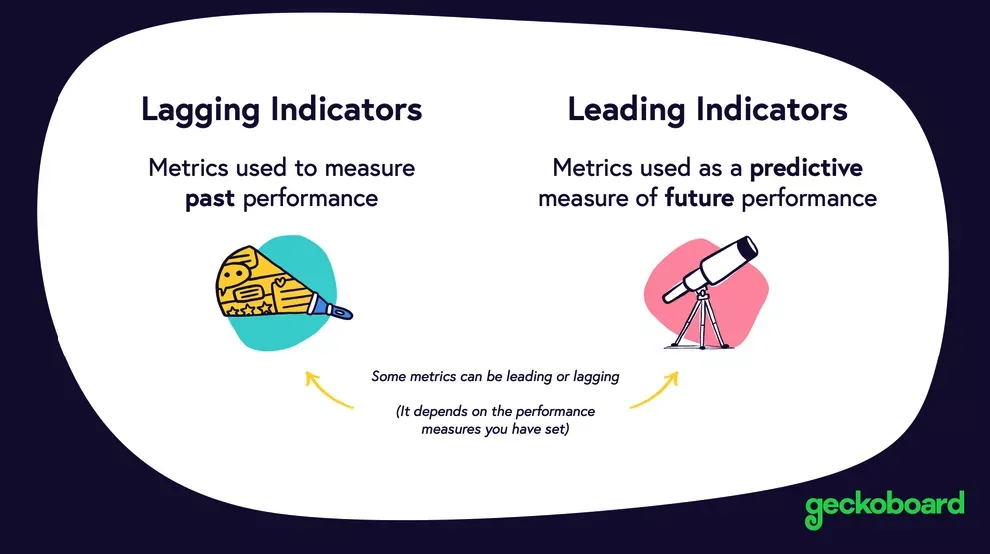
Here's a quick look at some common sales indicators:
- Lead Time: Time from initial contact to deal closure
- Work-in-Progress (WIP): Current deals in negotiation
- Cycle Time: Time to complete a sales cycle
By focusing on the right mix of these indicators, you can create a scorecard that not only tracks performance but also propels your team forward.
Here is a great video resource on how these leading and lagging indicators can be used in B2B sales - give it a watch!
Selecting the right metrics for your team
When it comes to crafting your sales scorecard, the magic lies in choosing metrics that resonate with your team's unique objectives.
Think of metrics as your sales GPS; they guide your team toward the destination of success. But with a sea of data points to choose from, how do you pick the ones that truly matter?
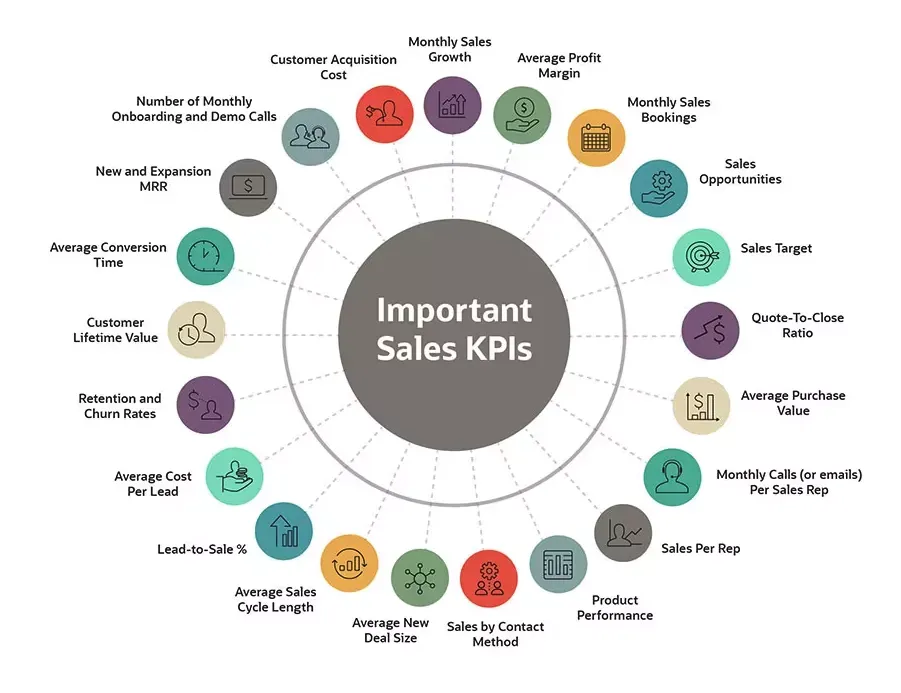
Firstly, consider the balance between quantity and quality. It's tempting to track everything, but focus is key. Here's a simple breakdown to get you started:
- Sales volume: Total revenue, units sold
- Efficiency: Sales per hour, conversion rate
- Growth: New leads, customer acquisition cost
Remember, each metric should align with your overarching goals. If customer retention is your aim, then metrics like Repeat Customer Rate and Net Revenue Retention (NRR) are your go-to.
The right metrics act as a compass, not just a scoreboard. They should inspire action and drive your team forward. Below is an example of a sales team using already set sales KPIs.
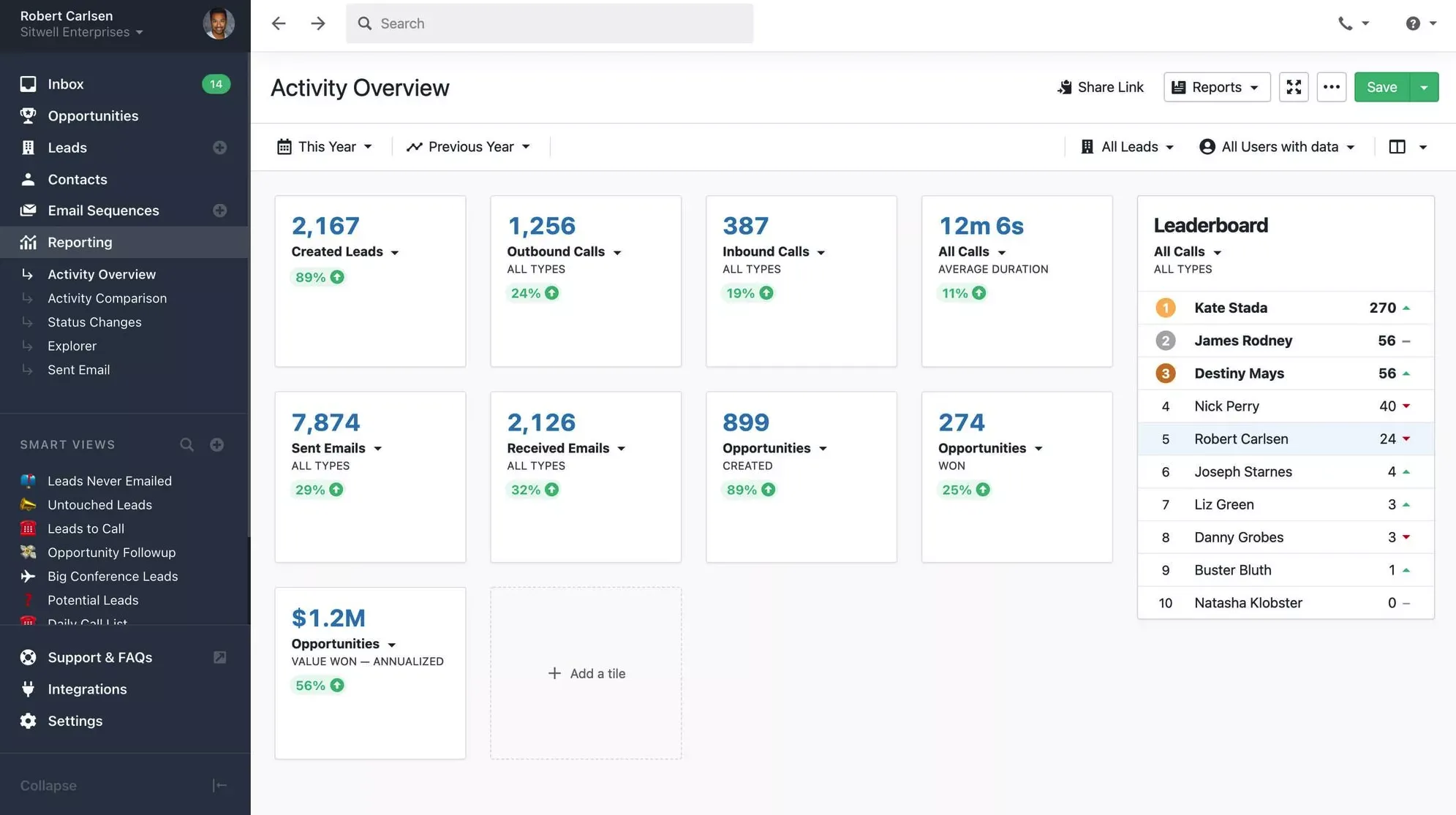
Finally, ensure your chosen metrics are actionable. They should not only reflect performance but also highlight areas for improvement.
By selecting the right metrics, your sales scorecard becomes a powerful tool for motivation and growth.
Setting achievable and motivational goals
When it comes to setting goals for your sales team, make them SMART. This means they should be Specific, Measurable, Achievable, Relevant, and Time-bound.
Achievable goals are crucial; they should stretch your team but remain within the realm of possibility. This balance is key to keeping your team motivated and on track.
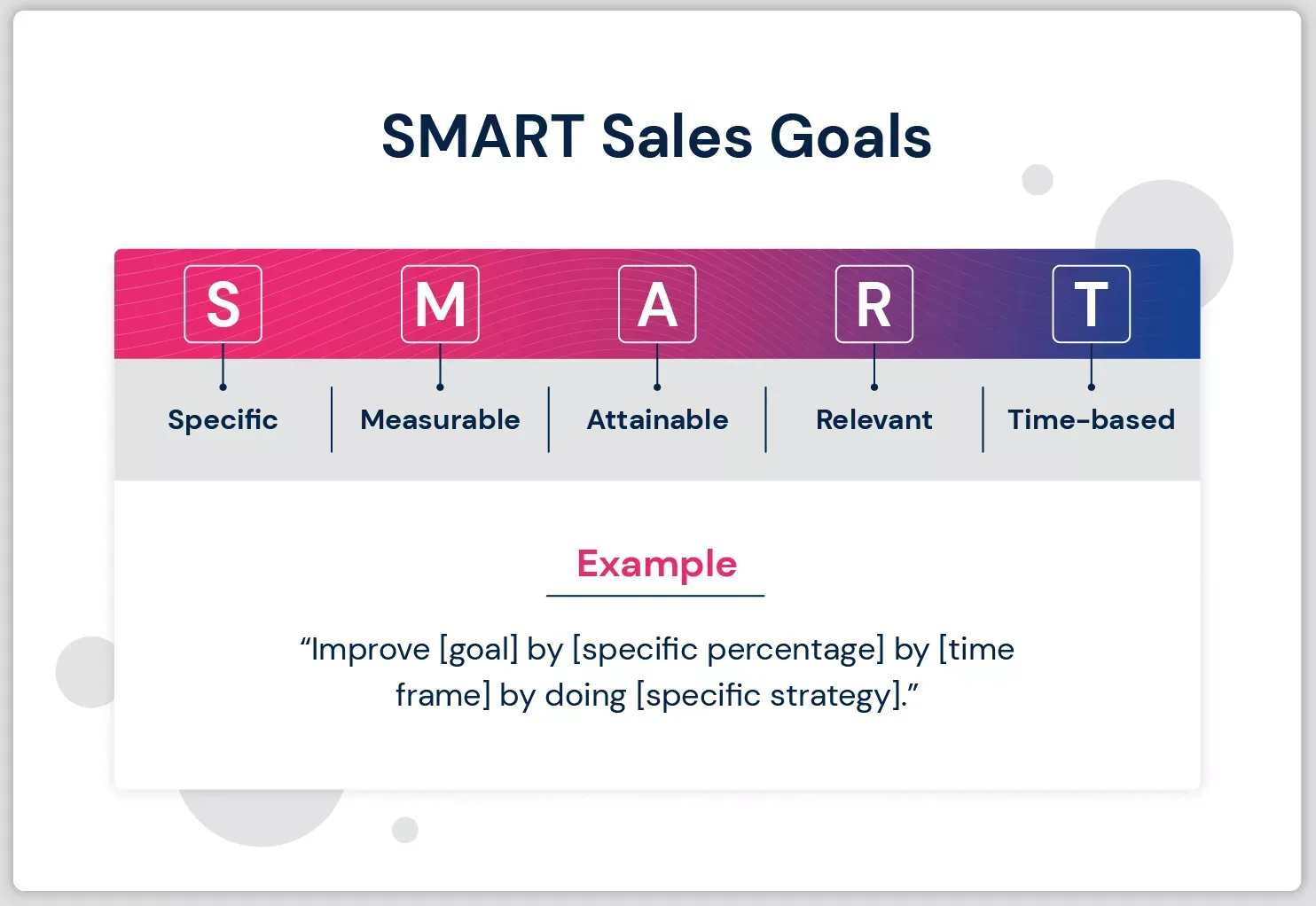
Remember, goals that are too easy won't drive growth, and those that are unattainable can lead to frustration and burnout.
Here's a quick checklist to ensure your goals are motivational:
- Align goals with individual capabilities and team benchmarks.
- Consider historical performance and market conditions.
- Regularly review and adjust goals to reflect changes in the business environment.
By focusing on metrics like gross sales efficiency, sales conversion rate, and individual performance, you can maximize profits and improve team effectiveness.
And don't forget, tying goals to the larger business objectives, like customer retention rates or reducing time to productivity, can make them more meaningful and impactful.
Making scorecards part of your working ecosystem
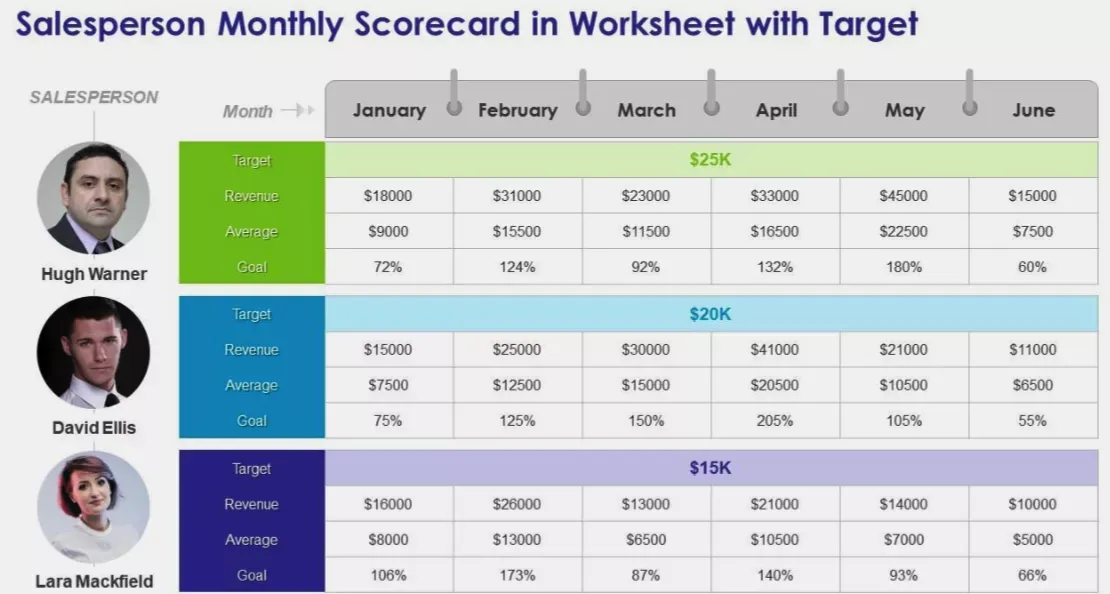
Including scorecards in your daily sales activities
To really make the most of sales scorecards, they should be a natural part of your team's everyday work.
Making scorecards a regular part of daily sales tasks means keeping an eye on performance is a key part of how you sell.
Here's how to make it happen:
- Start with morning check-ins: Kick off each day with a brief review of the previous day's scorecard results. This sets the tone for a day focused on achieving key metrics.
- Real-time updates: Encourage your team to update their scorecards as they progress through the day. This keeps everyone aligned and accountable.
- End-of-day reflections: Conclude the day with a reflection on the scorecard outcomes. What went well? What could be improved? This fosters a culture of continuous improvement.
By making scorecards a part of the daily conversation, you create a rhythm of success. Sales teams are more likely to hit their targets when they're constantly reminded of their goals and progress.
Remember, the goal is to move beyond plain data collection to creating a dynamic tool that drives sales performance. Sales CRM Scorecards offer visibility into sales team activities and can be used to praise high performers or identify areas for coaching.
Regularly revisiting and refining your scorecard by following the B2B sales trends approach will keep your team agile and focused on what matters most.
Using scorecards to boost your team's performance
When it comes to steering your sales team towards success, scorecards are more than just a tracking tool; they're a management powerhouse.
By integrating scorecards into team management, you can foster a culture of continuous improvement and accountability.
Imagine having a clear, concise view of each team member's performance at your fingertips, enabling you to tailor coaching and development efforts effectively.
Scorecards serve as a mirror for the team, reflecting areas of excellence and opportunities for growth.
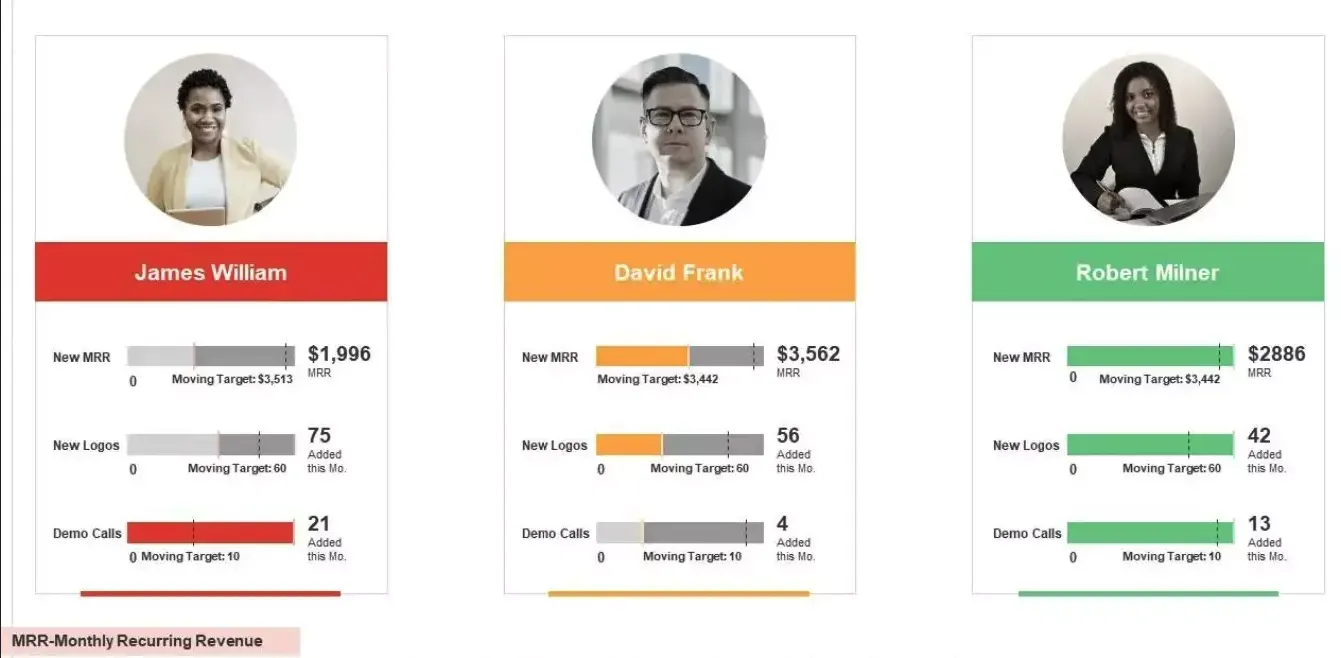
Here's a snapshot of how scorecards can be used in team management:
- Individual coaching: Pinpoint specific areas where a salesperson can improve, using data-driven insights.
- Weekly team evaluations & meetings: Keep the team aligned with goals and foster a collaborative environment.
- Regularly scheduled performance reviews: Ensure consistent progress tracking and provide constructive feedback.
Remember, the key is not just to collect data but to act on it. Use scorecards to celebrate wins, address challenges, and push your team to new heights.
Syncing scorecards with your CRM systems
When your sales scorecards live in harmony with your CRM systems, you unlock a new level of sales enablement.
Imagine having all your key success metrics, from lead response times to deal closure rates, updated in real-time and accessible at a glance.
This isn't just convenient; it's a game-changer for sales strategy and execution.
- Real-time tracking of sales activities
- Seamless integration with customer interactions
Sales teams can boost their decision-making by integrating performance metrics directly into their CRM for quick, informed choices.
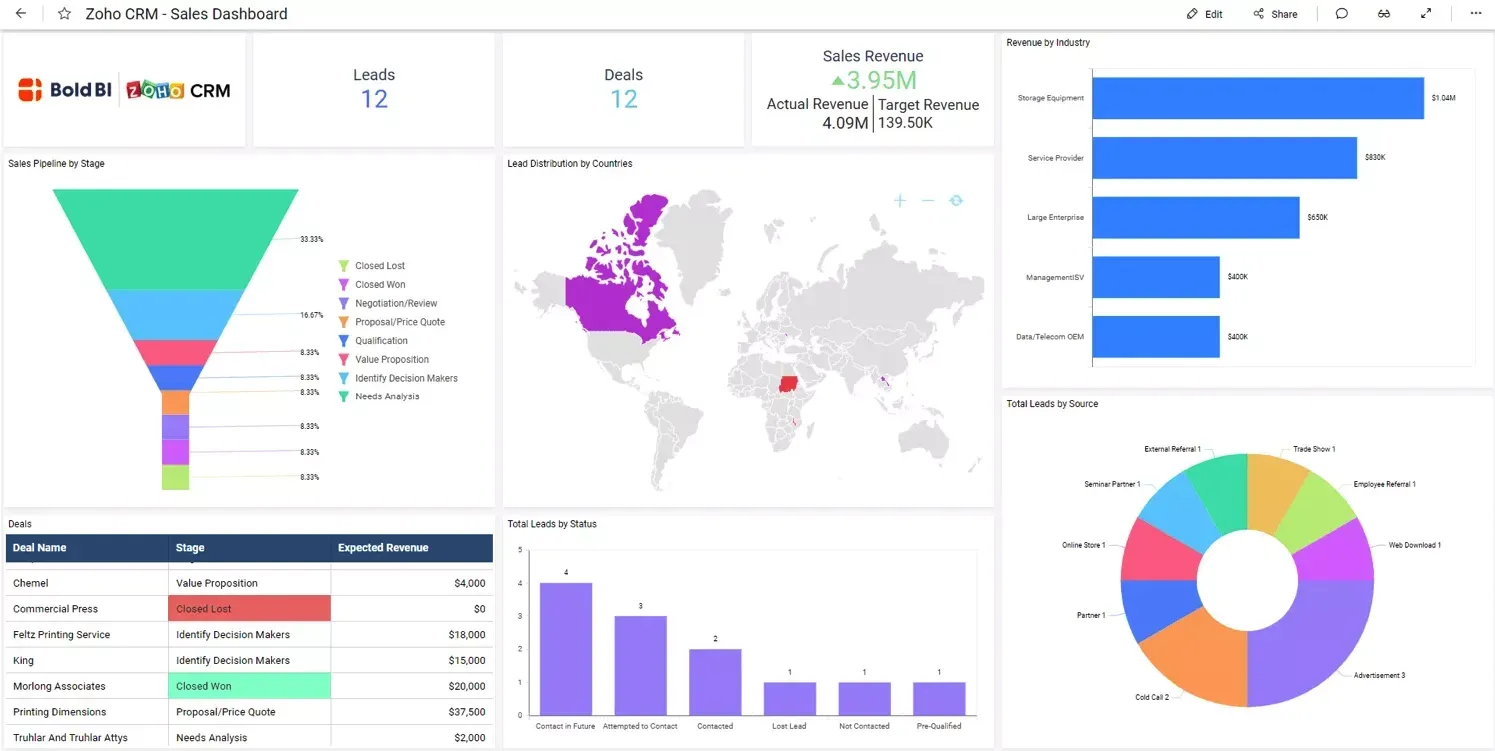
But it's not just about the data; it's about the people too. Sales productivity tools and collaboration tools are the unsung heroes here.
They streamline processes, improve communication, and ensure that your team is working like a well-oiled machine.
With everything in sync, your sales force is primed for peak performance!
When and why to use them?
When exploring various tools and methodologies to enhance your sales strategy, understanding the distinctive role of sales scorecards is vital.
While other sales tools might offer general insights or just look at certain parts of selling, sales scorecards give a clear and full picture. This helps the sales team understand and choose the best actions for better results.
Unique value and applications
- Holistic overview: Sales scorecards include a wide array of sales metrics, offering a 360-degree view of your sales health.
- Actionable insights: They help you not only track but also analyze performance to determine scorecard metrics that drive actionable insights, guiding teams on where to focus their efforts for improvement.
Moments of need:
- To understand sales dynamics: Apply them to gain insights into average deal size, sales velocity, and pipeline coverage, crucial for forecasting and planning.
- Regular monitoring: Implementing them on a monthly basis allows for timely adjustments and strategy refinement, ensuring your sales process remains agile and responsive.
- Tailored metrics: Sales scorecards can be customized to reflect the unique priorities and objectives of your team, providing clarity and focus in a way generic tools cannot.
Incorporating sales scorecards into your toolkit offers a strategic advantage, enabling a deeper understanding of your sales operations and enabling targeted improvements.
They serve as a critical component in a data-driven sales strategy, enhancing visibility, accountability, and performance across your team.
Are you ready to crush sales in 2024?
As we've gone deep into the complexities of sales scorecards, it's evident that these instruments are far more than just analytical tools; they serve as essential navigational aids that direct sales teams toward their optimal performance levels.
These tools are not just about monitoring financial stability or overseeing sales and marketing activities — they are about creating a culture of continuous improvement and cohesion within your team.
Sales team members can, to sum all this up, use sales scorecards to better understand how they're helping the team reach its goals, promoting a sense of accountability and motivation.
Whether you're checking your finances, planning sales and marketing, or guiding your organization's strategy with tools like the Balanced Scorecard, the insights you get are incredibly valuable.
Ready to unlock the full potential of your sales process? Sign up for our free Propoze trial and experience the new way of creating winning sales proposals.
Frequently asked questions on sales scorecards
Here are some of the most-asked questions about sales scorecards - and the answers you've been looking for.
What are the leading and lagging indicators in a sales scorecard?
In a sales scorecard, leading indicators serve as predictive metrics that help forecast future sales activities and outcomes. They might include new lead generation rates or engagement levels in initial sales conversations, offering insights into potential future sales success.
On the other hand, lagging indicators in a sales scorecard provide a retrospective view, showcasing results such as total sales or customer retention, which reflect the effectiveness of past sales activities.
How should a sales manager select the right metrics for a sales team's scorecard?
A sales manager should tailor the selection of metrics on a sales team's scorecard to align with strategic business objectives and the specific nuances of their sales process.
Effective sales metrics should directly correlate with key performance goals, ensuring they are measurable, actionable, and directly tied to both team and individual performance.
For a sales team, this might mean balancing efficiency metrics with outcome-based metrics to foster a comprehensive view of performance.
How can sales rep scorecards be integrated with CRM systems to enhance sales performance?
Sales rep scorecards can be seamlessly integrated into CRM systems to enhance the accuracy of sales data and the efficiency of the sales process. This integration allows for real-time tracking of key performance indicators, ensuring that sales managers have up-to-date information to guide strategic decisions.
By aligning sales rep scorecards with CRM data, teams can ensure consistency in tracking and analyzing sales activities, ultimately fostering a more data-driven approach to sales management.
What role do efficiency metrics play in a sales rep scorecard?
Efficiency metrics on a sales rep scorecard provide critical insights into how effectively and efficiently sales representatives are utilizing their time and resources.
These metrics can include call-to-conversion rates, average deal closure times, or the ratio of opportunities created to deals closed.
By monitoring these efficiency metrics, sales teams can identify areas for process optimization, enhance training programs, and improve overall sales performance.
How can total sales be effectively reflected in a sales scorecard?
Total sales figures are a vital component of any sales scorecard, offering a clear snapshot of the end results of a sales team's efforts.
To effectively reflect total sales in a sales scorecard, it's important to contextualize this data within the broader sales process and individual performance metrics.
This approach allows sales teams to understand not just the outcomes but also the contributing factors, enabling more targeted strategies for future sales cycles.
